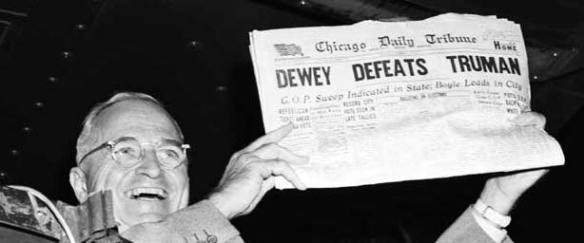So last time we were looking at a target company that was in the middle of announcing to its staff that it had agreed to be sold (All Quiet on the Working Front). The Merger Verger was lucky enough to have “fly on the wall” privileges for two conference calls that were part of the internal announcement process. We continue our previous commentary with one more Simple observation.
The second call was focused on the target’s sales team, giving insight into the acquirer and food for dealing with potential customer concerns about the transfer of ownership. Again, all mostly Acquisition Integration 101 stuff. But as the call neared its end, one of the participants asked, “what are we not supposed to tell our customers?”
OMG … what a fantastic question!! And all too often overlooked (as it was in this case).
It’s not The Merger Verger’s intention to list the million and one possible issues for non-disclosure (or even just one, for that matter), but we do point out that guiding staff – particularly those who are to be ambassadors of change to such outside stakeholders as customers or suppliers – about what they should not discuss is just as important as guiding them on what they should say. A simple “that information is not being disclosed [for competitive reasons, or whatever]” is usually enough to do the trick without sounding evasive or unhelpful. If, for some reason, that is not enough for the stakeholder, make sure your team knows what it is permitted to say and – also  important – where the concerned party can go either for more help or for a more senior (and therefore presumably more satisfactory) explanation of the non-disclosure.
important – where the concerned party can go either for more help or for a more senior (and therefore presumably more satisfactory) explanation of the non-disclosure.
So when you are developing your core FAQs to prepare insiders for their conversations with outsiders, make sure you pause to include potential questions that they should not be answering and what they should be saying or doing instead.
Simple enough. But don’t be so focused on perfecting your outgoing messages that you overlook it.
About the Art: It’s all 1940s. Top: a US Navy propaganda cartoon by artist/satirist Robert Osborn encouraging civilians to keep their mouths shut. Middle: a British equivalent by artist Gerald Lacoste (1942). Bottom: the very definition of “better to say nothing.” Harry S. Truman holds up the morning edition of the Chicago Daily Tribune announcing – erroneously – that he had been beaten by Thomas Dewey in the race for president. November 3, 1948.

